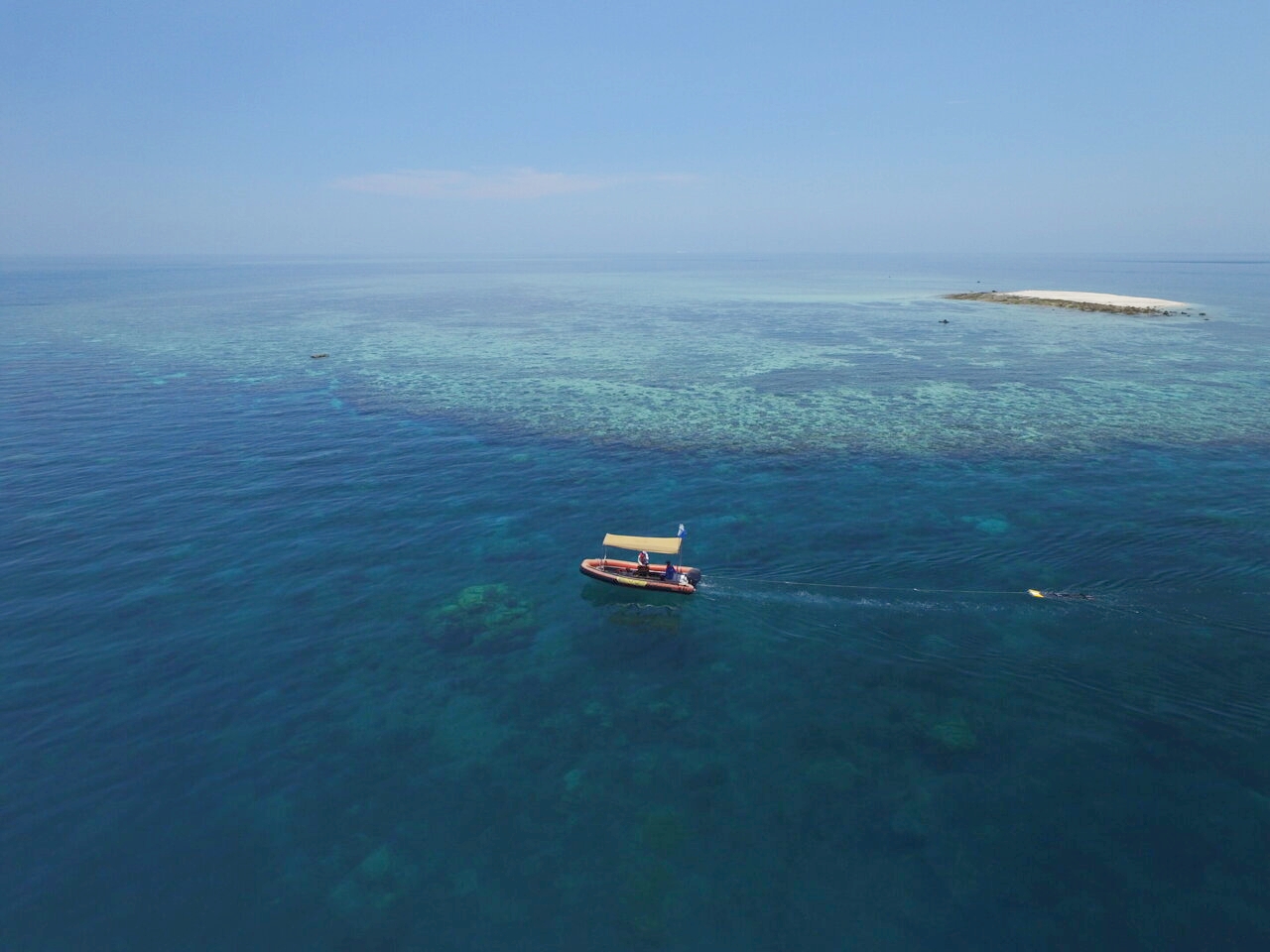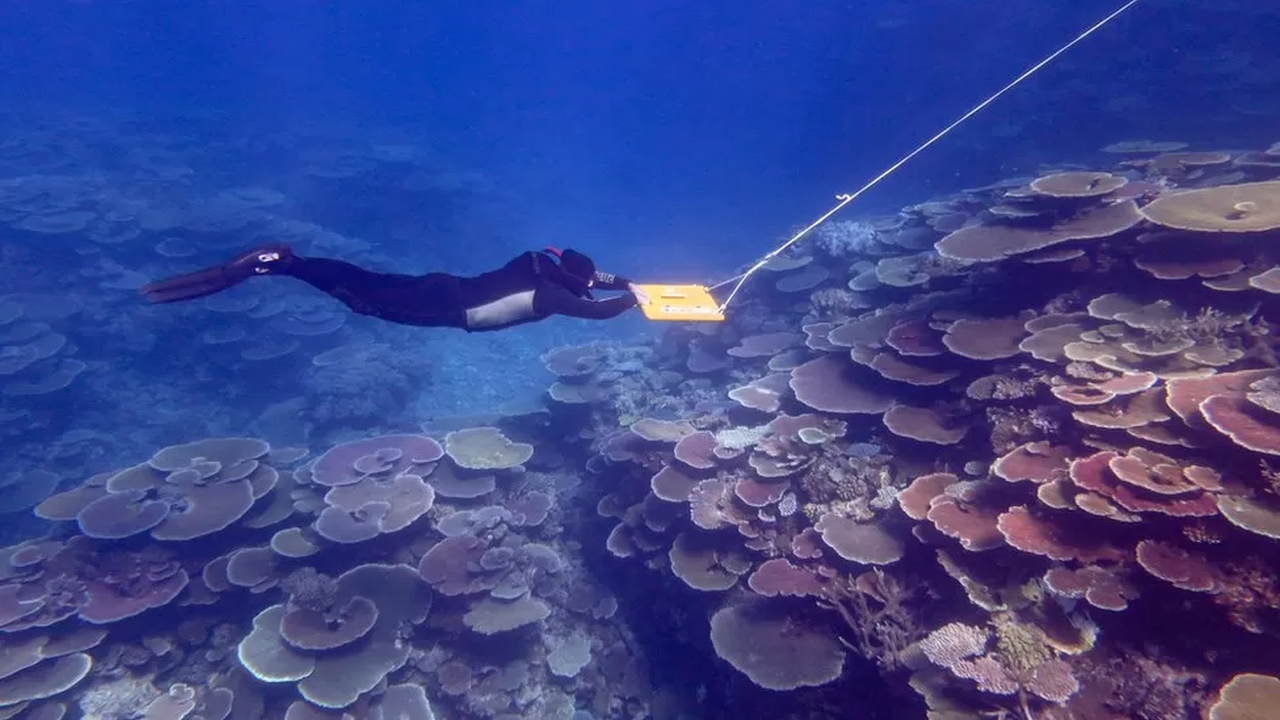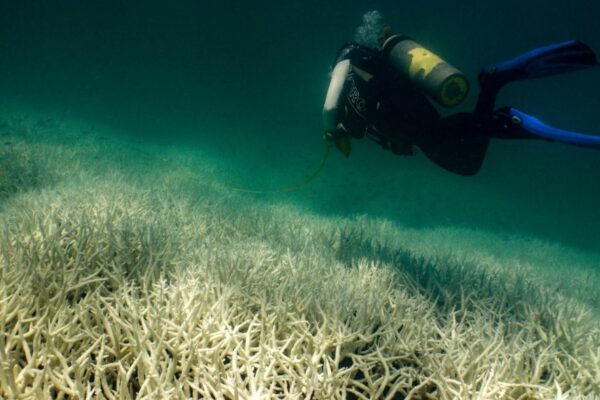Great Barrier Reef Shows Signs of Recovery, But for How Long?
Exacerbating climate change and lack of protection will jeopardize the amazing reef system even more
The Great Barrier Reef has long been the center of attention, given its highest amount of coral cover and mass bleaching events that endangered it. The monitoring of the reef’s health began 36 years ago by the Australian Institute of Marine Science (AIMS) through aerial surveys and divers slowly towed by boat. According to a recent report, the Great Barrier Reef in parts shows signs of recovery.
The survey finds that the world’s largest coral reef system has recovered from the lashes of storms and bleaching events to record levels across most parts. In its Annual Summary Report of Coral Reef Condition 2021/22, AIMS indicated that the reef’s northern and central portions have had the highest amount of coral cover in the past 36 years. However, coral cover in the south has decreased.
The new report also stated that the new coral is especially vulnerable, and this progress can quickly be unraveled by changing climatic conditions and other threats. Australian marine biologists believe that parts of the Great Barrier Reef have more coral cover than in recorded history. The coral bleaching in Australia’s reef has been one of the most upsetting and catastrophic events triggered by climate change.

Image: AIMS
It covers about 133,000-square-mile and is home to many marine species, which makes the scientific community fear for the future of this natural wonder as the climate crisis worsens. Corals eject the algae responsible for their vivacious hues when the seawater warms up above average, which can cause reefs to deteriorate and become more vulnerable to destruction and disease.
Paul Hardisty, CEO of AIMS, said in a press release:
Every summer the Reef is at risk of temperature stress, bleaching and potentially mortality and our understanding of how the ecosystem responds to that is still developing. The 2020 and 2022 bleaching events, while extensive, didn’t reach the intensity of the 2016 and 2017 events and, as a result, we have seen less mortality. These latest results demonstrate the Reef can still recover in periods free of intense disturbances.

Image: AIMS
The southern section of the reef has recorded a decline from 38 percent coral cover in 2021 and 34 percent in 2022. It was discovered that corals in this region are being damaged by a plague of crown-of-thorns starfish that eat corals. On the other hand, the northern and central parts of the Great Barrier Reef have the largest percentage of hard coral cover – 33 percent and 36 percent, respectively.
While the occasion is a slightly happy one, the fact that coral reefs are still in existential danger cannot be denied. Climate action needs to gain pace and significance while the Australian government must protect the coral reef system from every other threat.
Via: Gizmodo


